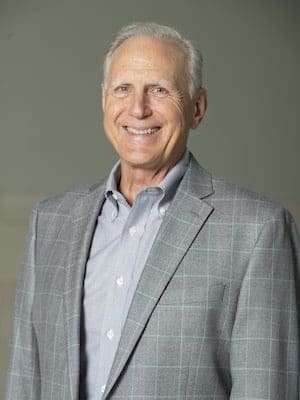By John Pierce
Veteran entertainers Harry Belafonte and Tony Bennett, in an interview with CNN’s Chris Cuomo yesterday, recalled their involvement in the civil rights struggle — in particular, the tide-turning Selma to Montgomery marches in March 1965.
In January of that year, civil rights leaders were increasingly frustrated by the denial of voting rights to black Americans in places like Selma and Marion, Ala. Attempts at peaceful protests were met with violence.
Jimmie Lee Jackson, of Marion, Ala., was shot by a state trooper when Jackson tried to protect his mother from the officer’s nightstick. The 26-year-old church deacon died a few days later.
In response, a demonstration march from Selma to Montgomery was planned — led by John Lewis and Hosea Williams. But the march was halted by local and state law enforcement who violently attacked the approximately 600 demonstrators as they attempted to cross the now-famous Edmund Pettus Bridge on what is known as “Bloody Sunday,” March 7, 1965.
Two days later, Martin Luther King Jr., who had come to Selma from Atlanta, joined about 2,000 others at the bridge to pray. But violence continued as local whites attacked and killed James Reeb, a white Unitarian minister from Massachusetts.
Such violence against fellow Americans — reaching beyond the South to television sets across the land — brought public outrage and political pressure. President Johnson then provided federal protection through the National Guard and FBI, so that the five-day march from Selma to the capitol steps finally began on March 21.
Knowing the importance of raising the visibility of the injustices at hand and the brutality demonstrators were experiencing, King asked Belafonte to enlist other celebrities to support this great cause of justice and equality. Belafonte turned first to his close friend, but Bennett admits that he initially didn’t want to go.
However, reports of African Americans being doused with gasoline and other atrocities moved Bennett to action. He decided that show business could wait while he gave time and influence to a greater cause. Other celebrities were enlisted, including famed actors Marlon Brando and Paul Newman.
Over the 54-mile march, the crowd of demonstrators grew to approximately 25,000. Camping for the night, they were entertained by Belafonte, Bennett and other singers including Lena Horne and Joan Baez.
The problem, Belafonte and Bennett recalled on CNN, was the lack of a stage. But the owner of a local funeral home brought over caskets — “50 to 80,” as Belafonte recalled — which were stacked into a makeshift stage.
“It was different,” Bennett understated — when asked about the unusual venue.
When finally reaching the State Capitol, King proclaimed to the masses: “The end we seek is a society at peace with itself, a society that can live with its conscience.”
Those experiences in Alabama, and the heightened awareness brought about by celebrities and media, led to the Voting Rights Act that was signed by President Johnson in August 1965. But as Belafonte said this week: “Civil rights is a constant. It is never of the past. It’s with you all the time.”
The brutal images of Bloody Sunday made a significant difference in how people began to view the efforts to advance human rights. Those images will and should remain in our collective memories.
But there is a newer image for me from this tragic, yet heroic, time in American history that is worth retaining: singing on caskets.
It is why standing up to injustice in whatever form is worth personal risks and inconvenience.
It is why peeling the scales of ignorance, anger and fear from blind eyes is worth the pain.
It is why making the difficult journey through Holy Week once again deserves our closest attention — because it ends at the most remarkable place: A place where we can sing on caskets.
Director of the Jesus Worldview Initiative at Belmont University in Nashville, Tennessee and former executive editor and publisher at Good Faith Media.

